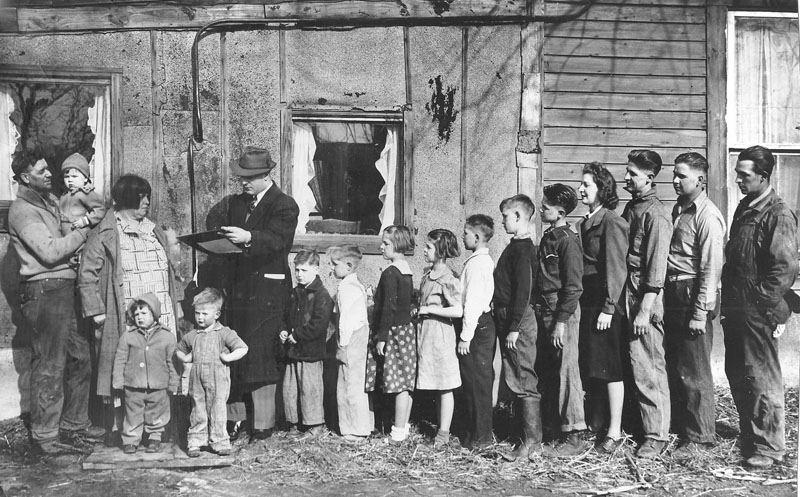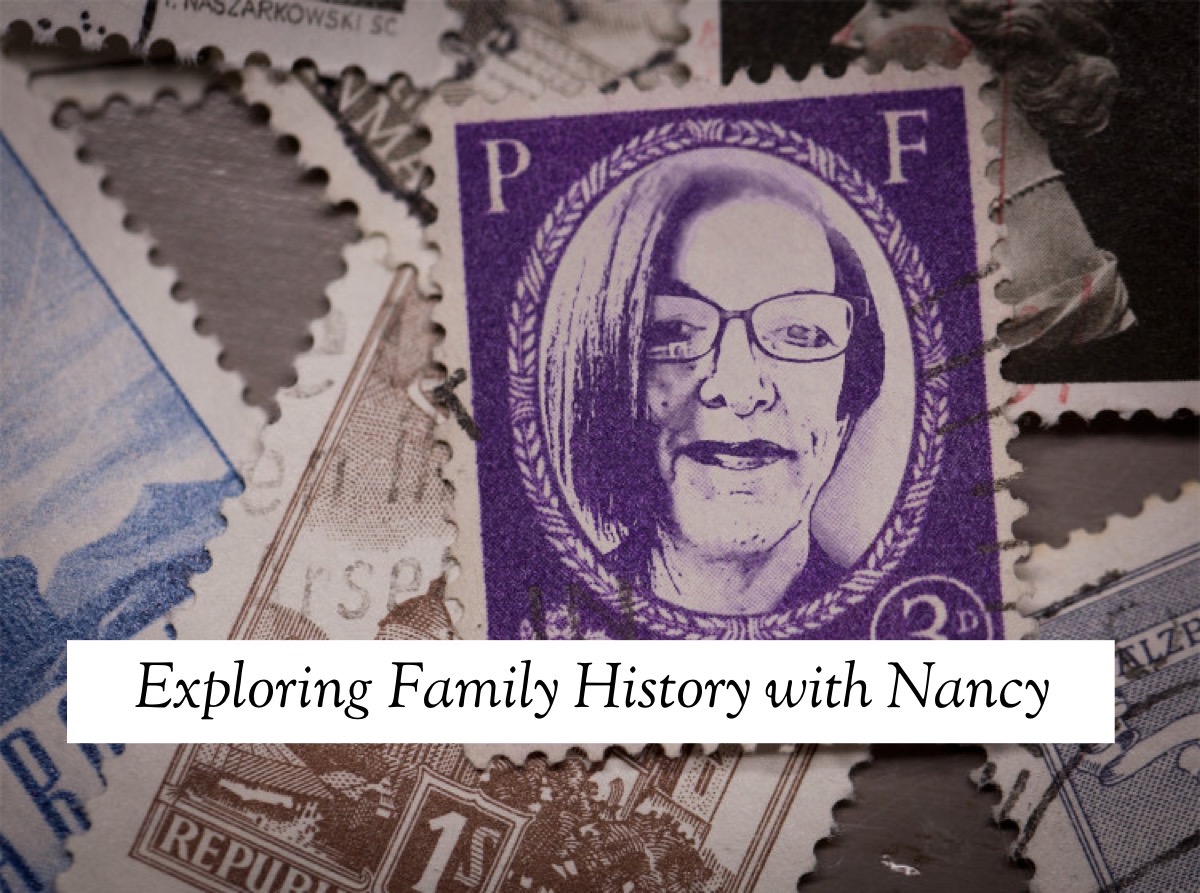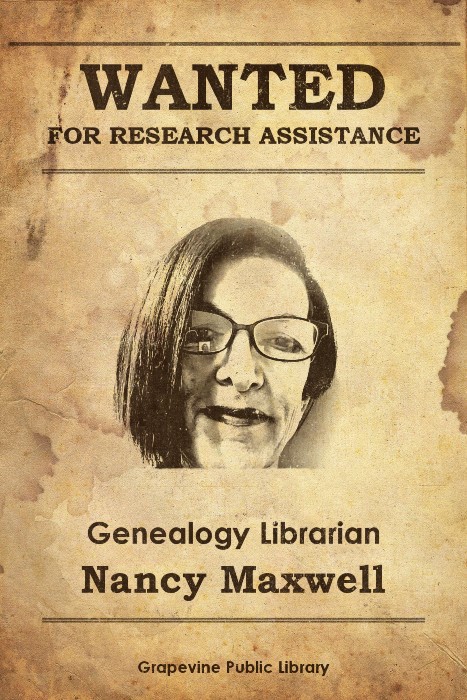Ancestors and the Weather
You may ask, “What does weather have to do with genealogical research?” The answer is, “A lot,” especially when you start asking yourself questions such as: Where did my ancestors go? When did they move? Why did they move there? The answers might have had something to do with the weather. Brief History of Historical US Weather Data Diverse resources exist for climatological research that can add dimension and understanding to your family history. Unfortunately, historical weather data does not exist for every locale in the US. The National Archives holds records for hundreds of observatories concerned with recording scientific data about the weather, but they are not online. The federal government began taking an interest in the weather in 1818 when it directed employees of the Office of the Surgeon General to keep diaries on the weather. In 1870, responsibility of recording weather data was transferred to the Office...












Recent Comments